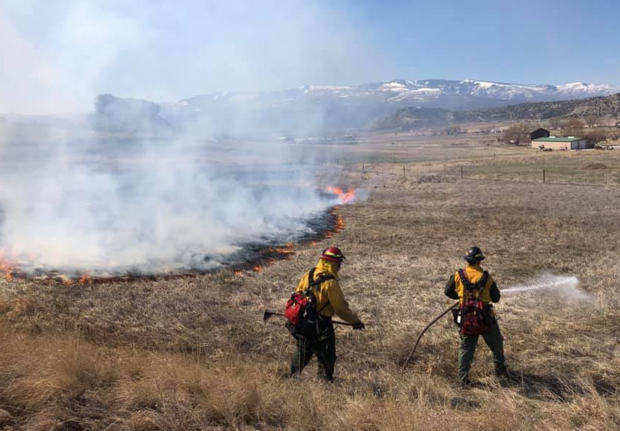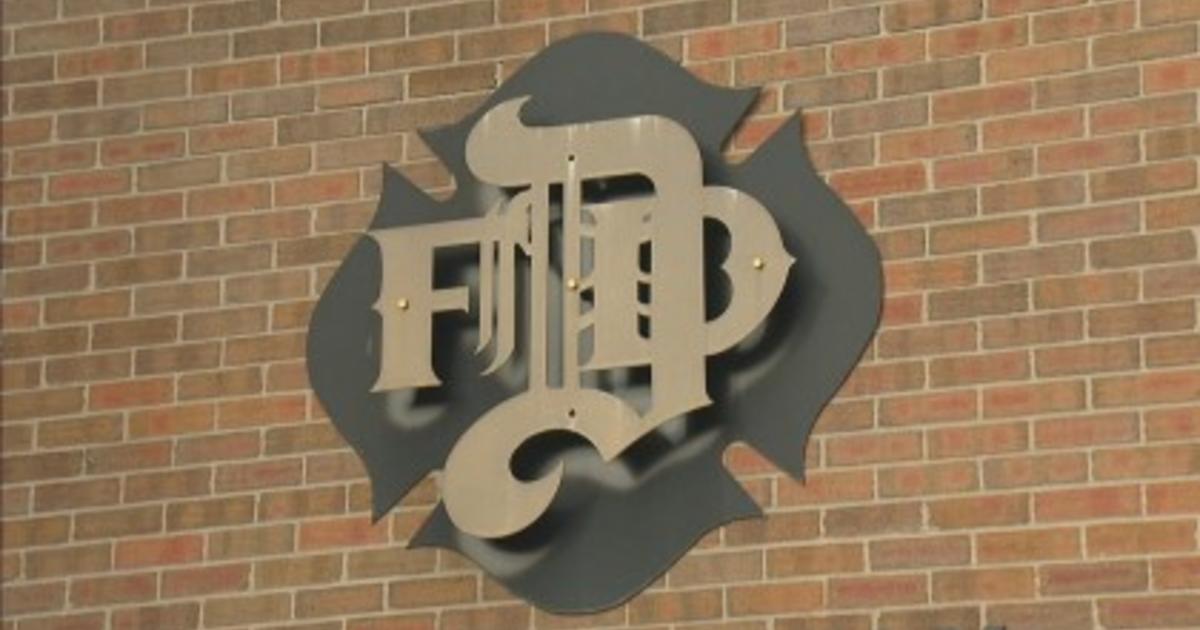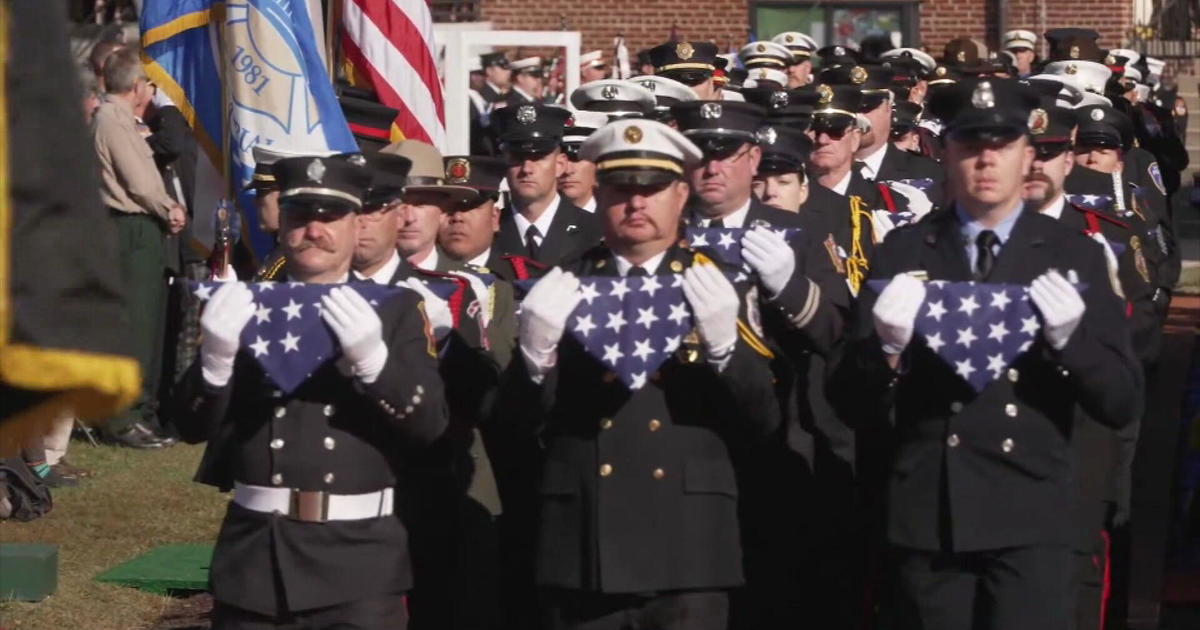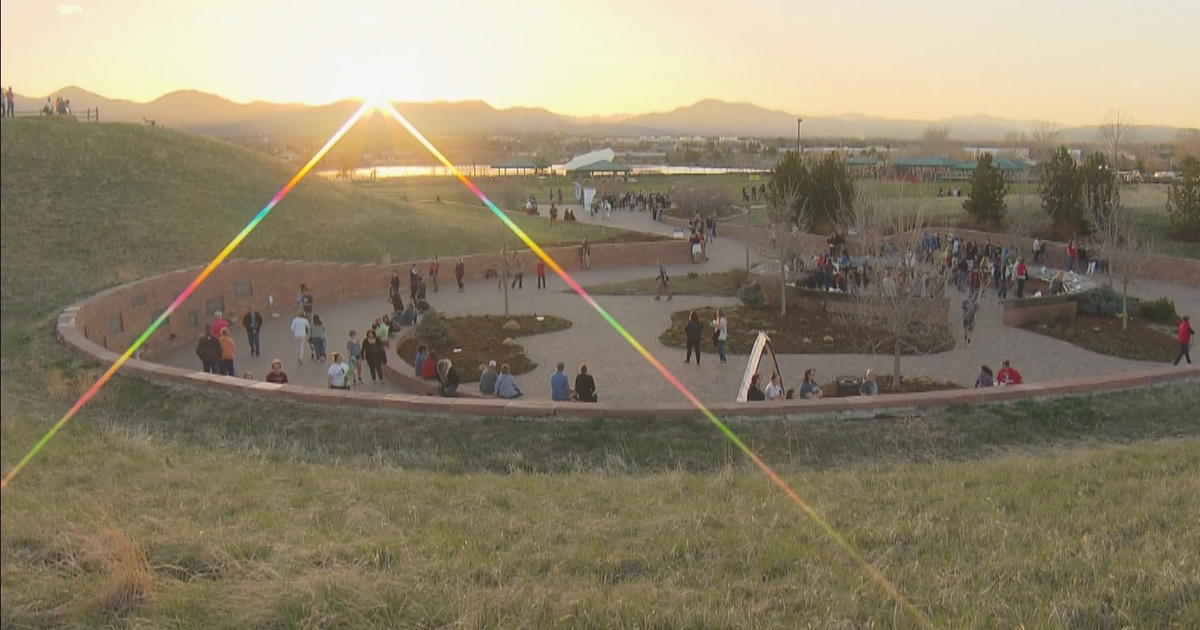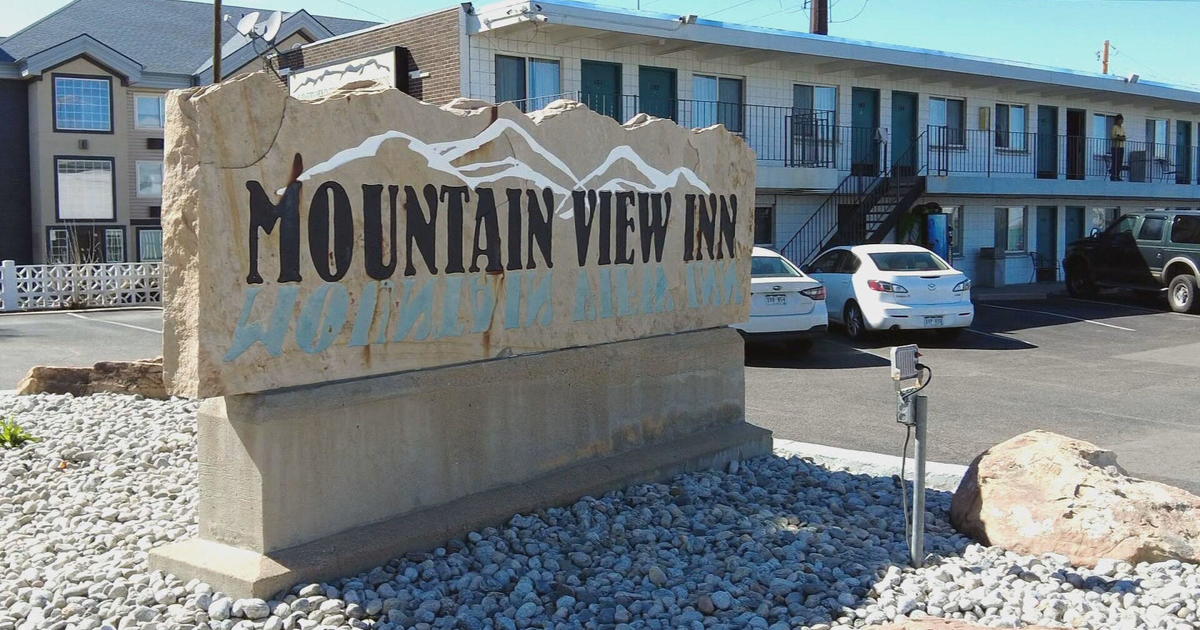Fire Trucks Sold By Struggling Western Slope Department
GARFIELD COUNTY, Colo. (CBS4) -- Chief Leif Sackett's fire department closed a fire station last summer in the middle of Colorado's worst wildfire season on record.
This year, already with drought and 100-degree temperatures early in the season, Sackett's department is selling fire trucks. A ladder truck and a rescue unit were driven out of the Colorado River Fire Rescue's house for the last time June 4th.
Sackett should be solidifying personnel and resources right now. Not shedding them.
"It's hard to think about," he told CBS4.
Colorado River Fire Rescue (CRFR) was created by the merger of two small departments in 2012. But the last five years have crippled its budget.
Sackett said CRFR's assessed valuation in 2017 was $1.1 billion. It's now at $676 million.
Sackett blames the development of energy production on the Roan Plateau. Or rather, the lack of it.
In 2015, the Bureau of Land Management struck a deal with an energy company and conservation groups that made 90 percent of the nearby Road Plateau off limits to drilling.
CRFR, which serves the communities of Rifle, Newcastle and Silt, is funded solely by property taxes and severance taxes. Those funds "took a hit," Sackett said, after drilling companies moved out.
Data from the Colorado Department of Local Affairs (DOLA) supports Sackett's claim. DOLA distributes severance tax and leasing revenues from drilling and mining companies back to counties and municipalities based on the number of permits within their boundaries and the number of employees who make their residence there.
In 2016, Garfield County received 10.28 percent of the state's total distribution back to counties, trailing only Weld.
By 2020, that amount was reduced to 3.56 percent.
So last spring, CRFR appealed to the public for a mil levy increase - an additional draw on property values - to fill the gap.
It failed.
"The voters told us they didn't want to fund us in 2020," Sackett said. "It was a tough time for everybody last May."
The department closed Station 43 that July.
According to Sackett, CRFR also closed six open job positions, consolidated administrative positions, sold two brush trucks, and dropped a quarter of its ambulance staff. Almost two-thirds of the department's call are for medical service.
Not everyone agrees with Sackett's assessment. Michael Freeman is a spokesman for Earthjustice, one of the conservation groups that consummated the 2015 deal with the federal government. He said the Roan Plateau is a "tiny fraction" of the 2.3 million acres of federal land still available for lease.
"Any shortage that he is experiencing can't be traced to the Roan Plateau," Freema said. "The problem is driven by the market for oil and gas, not by BLM's decision to protect the Roan Plateau."
The City of Rifle has more diversified sources of revenue and thus is more insulated from the "boom or bust" affect of oil and gas development that the fire department is tied to, according to City Manager Scott Hahn.
"We knew this was coming," Hahn said.
So why did the mil levy proposal fail?
"Generally, people are concerned about their tax bills," Hahn said. ""We are more rural. People are more independent here. And we have people who have moved here who aren't really dialed in yet."
Plus, he added, the messaging of the proposal may not have hit home with the residents.
That is a fair criticism, Sackett said, which the department has considered. Its board of directors is currently researching another mil levy proposal for this fall. A decision will be made in July.
"What we're looking at, if it fails, is further layoffs and selling of apparatus," Sackett said. "I hate to say it, but that's where we're at. That's the reality of it."
Neighboring departments - Grand Valley Fire Protection District to the west and Glenwood Springs Fire Protection District to the east - may need to take up the slack.
Hahn said Rifle city leaders, along with those from the other municipalities, will watch the next few months carefully. But right now, they are reluctant to step in.
The residents will have to decide.
"We're a good community," Hahn said. "But there is a little disconnect."
